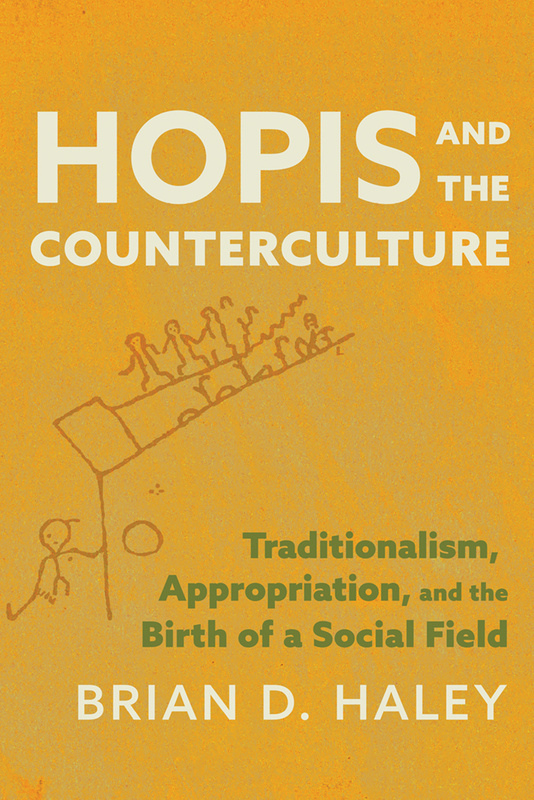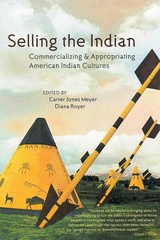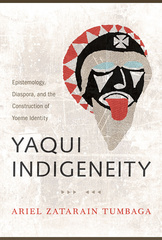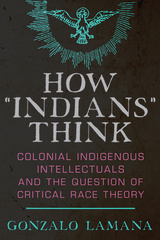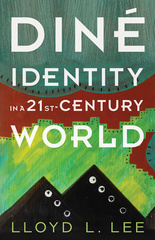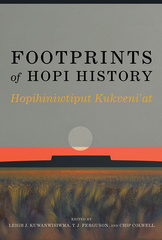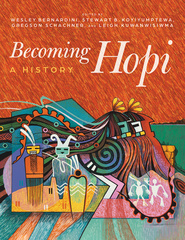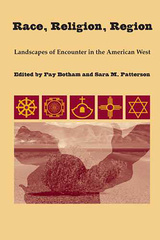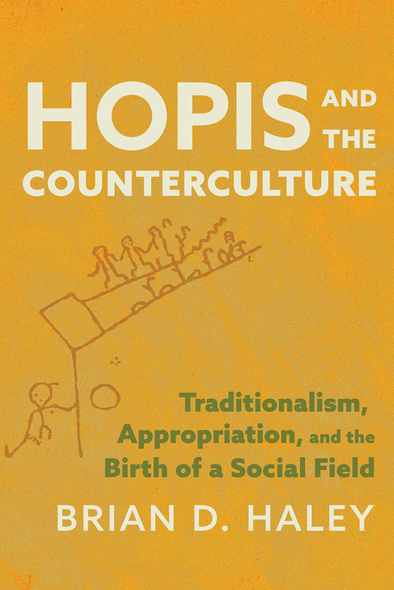
328 pages, 6 x 9
4 b&w illustrations, 1 map
Paperback
Release Date:29 Oct 2024
ISBN:9780816553655
Hardcover
Release Date:29 Oct 2024
ISBN:9780816553662
Hopis and the Counterculture
Traditionalism, Appropriation, and the Birth of a Social Field
By Brian Haley
The University of Arizona Press
This book addresses how the Hopi became icons of the followers of alternative spiritualities and reveals one of the major pathways for the explosive appropriation of Indigenous identities in the 1960s. It reveals a largely unknown network of Native, non-Indian, and neo-Indian actors who spread misrepresentations of the Hopi that they created through interactions with the Hopi Traditionalist faction of the 1940s through 1980s. Significantly, many non-Hopis involved adopted Indian identities during this time, becoming “neo-Indians.”
Exploring the new social field that developed to spread these ideas, Hopis and the Counterculture meticulously traces the trajectories of figures such as Ammon Hennacy, Craig Carpenter, Frank Waters, and the Firesign Theatre, among others. Drawing on insights into the interplay between primitivism, radicalism, stereotyping, and identity, Haley expands on concepts from scholars such as Roy Harvey Pearce’s notion of “isolated radicals” and Jonathan Friedman’s observations regarding the ascendancy of primitivism amid global crises. Haley scrutinizes the roles played by non-Hopi actors and the timing behind the widespread popularization of Hopi religious practices.
Exploring the new social field that developed to spread these ideas, Hopis and the Counterculture meticulously traces the trajectories of figures such as Ammon Hennacy, Craig Carpenter, Frank Waters, and the Firesign Theatre, among others. Drawing on insights into the interplay between primitivism, radicalism, stereotyping, and identity, Haley expands on concepts from scholars such as Roy Harvey Pearce’s notion of “isolated radicals” and Jonathan Friedman’s observations regarding the ascendancy of primitivism amid global crises. Haley scrutinizes the roles played by non-Hopi actors and the timing behind the widespread popularization of Hopi religious practices.
This work covers substantial gaps in the literature and provides the foundation for a deeper understanding of the extent of neo-Indian influence in the Hopi Traditionalist Movement. Haley casts a sober, critical eye on the surprising connections of a cavalcade of misguided people trying to save the world.’—Armin W. Geertz, author of The Invention of Prophecy: Continuity and Meaning in Hopi Indian Religion
Brian D. Haley is a professor of anthropology at the State University of New York at Oneonta, the author of Reimagining the Immigrant, and the co-editor of Imagining Globalization.

